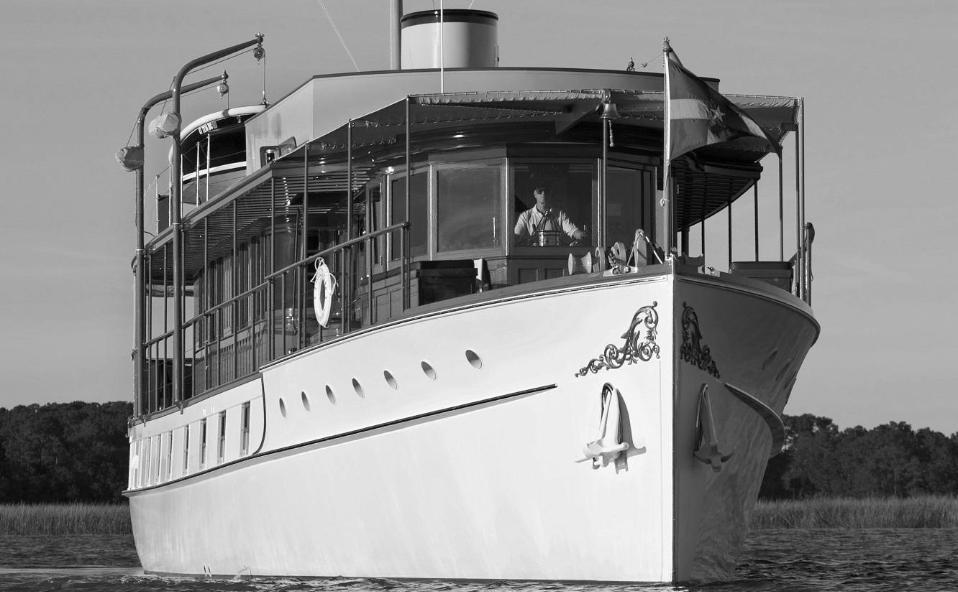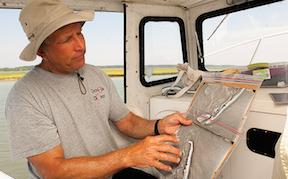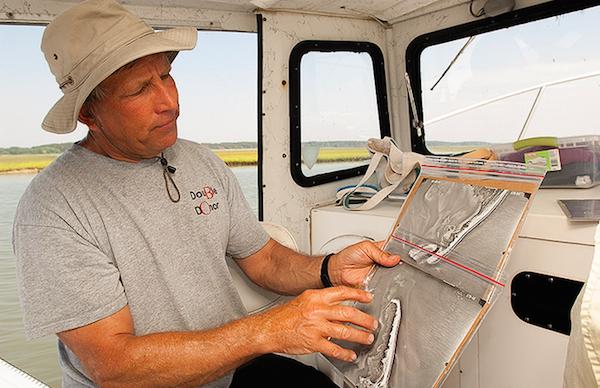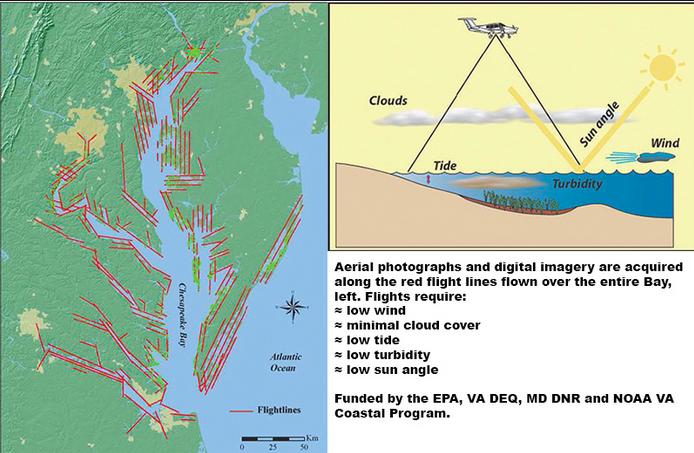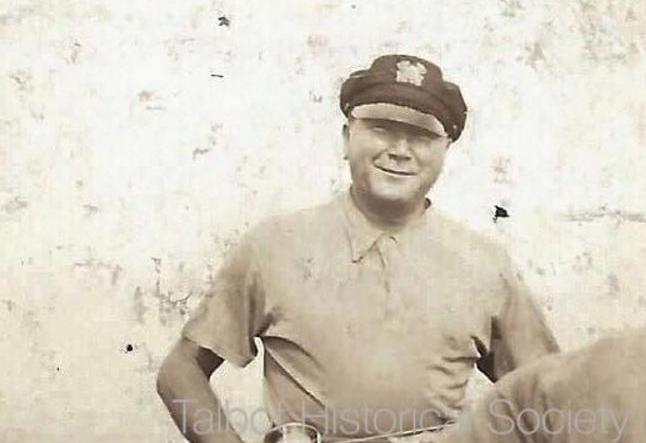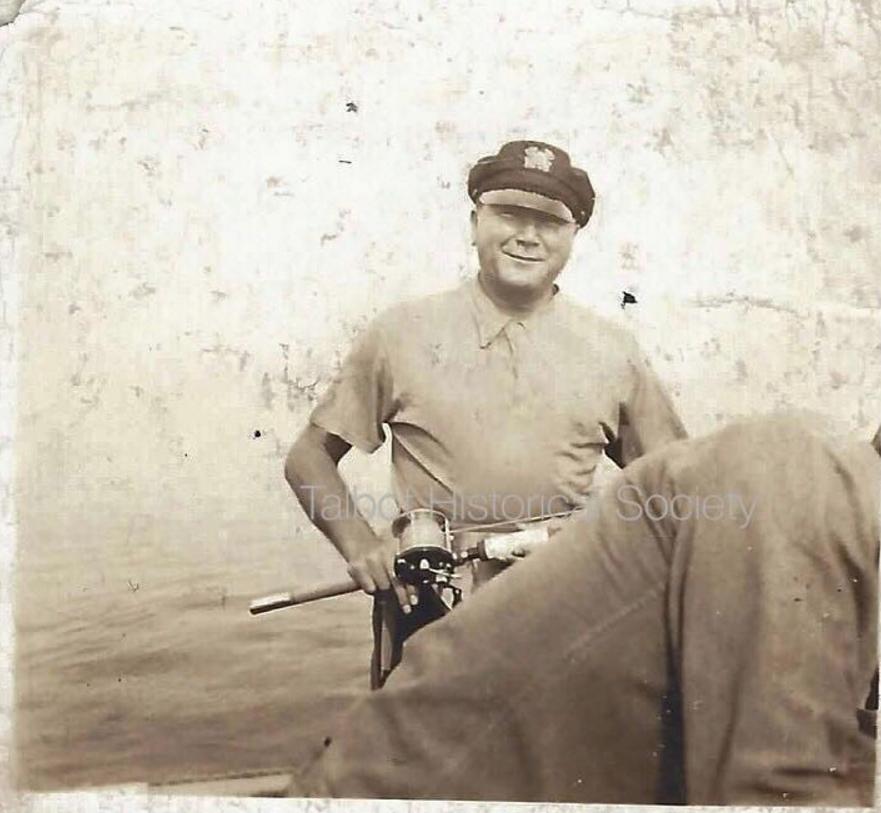In these hard baked days of summer, even the greatest outdoor enthusiasts must at times seek shelter from Eastern Shore heatwaves. Thanks to the Chesapeake Bay Maritime Museum, the option to enjoy an evening of Chesapeake poetry and music was an irresistible choice for the Spy on Friday night.
The CBMM hosted Andrew McCown of Echo Hill Outdoor School, and Pres Harding, grandson of famed Wingate boat builder Bronza Parks, for a concert to celebrate the Chesapeake Bay through poems and songs.
McCown, a native of Kent County and the Chester River, highlighted the local poetry of the late Pat Nielsen and Meredith Davies Hadaway. The Spy was able to capture a few of the evening’s offerings.
This video is approximately four minutes in length



 One evening I took a break from watching TV and went into the kitchen. I had been watching the Republican convention. In the kitchen a large swarm of ants had gathered around something that I couldn’t identify. When I opened the dishwasher nearby, more were darting frantically everywhere inside the unit. I knew this was a task for professionals. I called a pest control company.
One evening I took a break from watching TV and went into the kitchen. I had been watching the Republican convention. In the kitchen a large swarm of ants had gathered around something that I couldn’t identify. When I opened the dishwasher nearby, more were darting frantically everywhere inside the unit. I knew this was a task for professionals. I called a pest control company.







